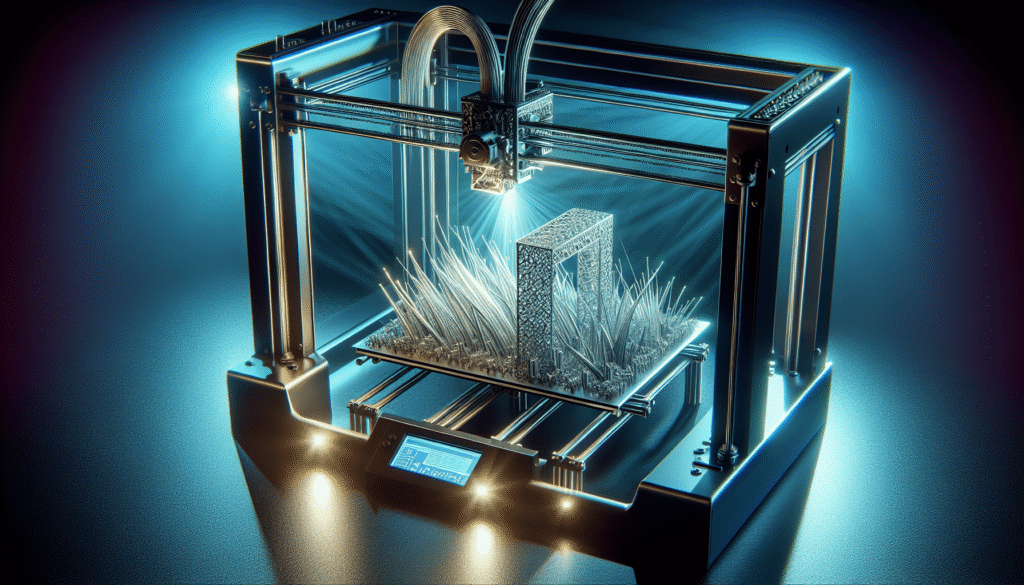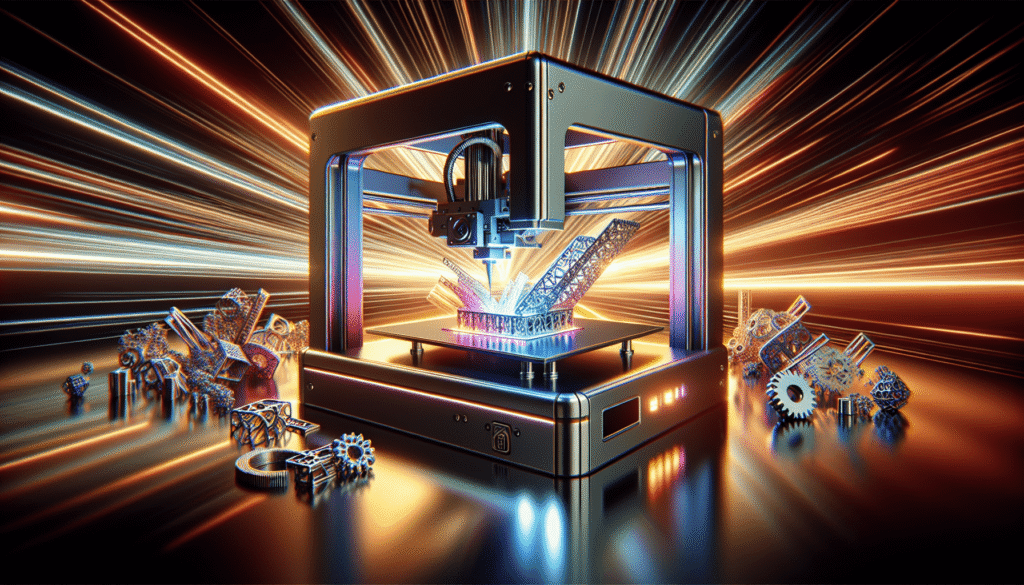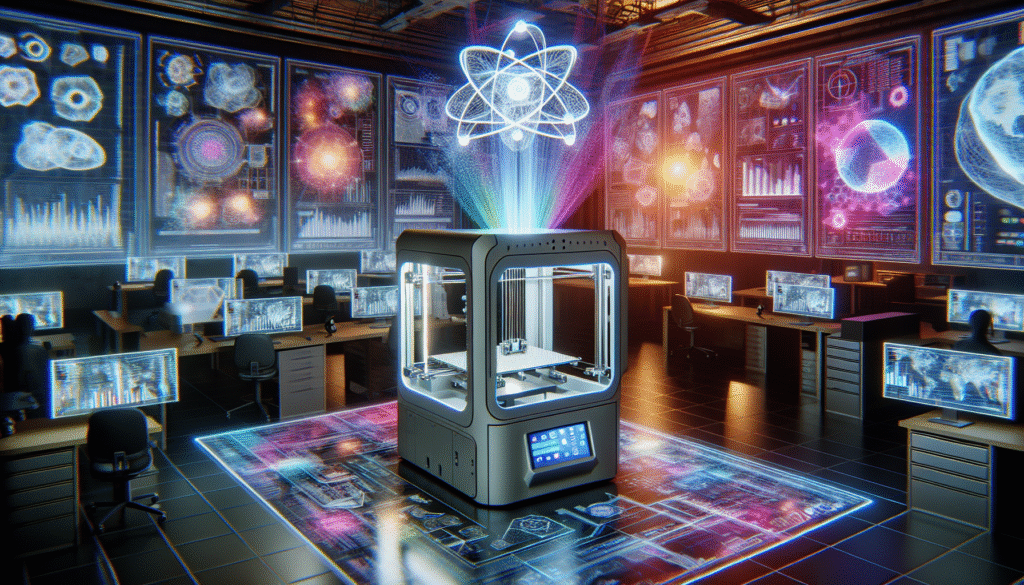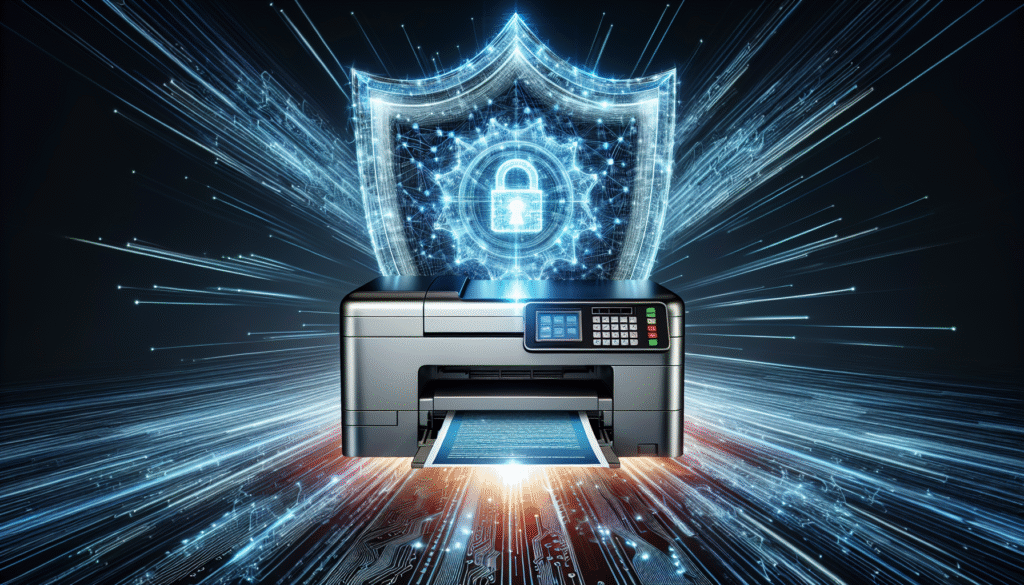Have you ever pondered what marvels lie at the intersection of the digital age and traditional manufacturing? Picture this: a compact device sitting on a desktop that can craft intricate metal components, transforming industries and perhaps the world as we know it. Well, let me introduce you to the phenomenon that is Desktop Metal 3D printing. It’s a blend of innovation and accessibility that’s set to redefine how we perceive manufacturing. This revolution is not just about the technology, but about making this advanced technology affordable and widespread.

Understanding 3D Printing: A Brief Overview
To grasp the magnitude of the desktop metal 3D printing revolution, we first need to understand 3D printing itself. At its core, 3D printing, also known as additive manufacturing, is a process of creating three-dimensional objects from a digital file. Unlike traditional subtractive manufacturing methods, which involve cutting away at a block of material, 3D printing builds objects layer by layer. This approach opens up endless possibilities for creating complex and customized designs.
The Evolution from Plastic to Metal
Initially, 3D printers primarily worked with plastics due to cost and technology limitations. However, as demand for stronger and more durable materials grew, the technology evolved to incorporate metal printing. This transition has been monumental, as it allows industries to prototype and produce metal parts that could withstand real-world conditions. This evolution has paved the way for desktop metal 3D printing, making it a viable option for businesses of all sizes.
Why Desktop Metal 3D Printing?
This might be the question echoing in your mind. Why is there such a buzz about desktop metal 3D printing? Here’s the thing: the benefits are compelling and multifaceted.
Affordability and Accessibility
For starters, desktop metal 3D printers drastically reduce the cost barrier traditionally associated with metal manufacturing. Traditional metal fabrication often requires large-scale machinery, costly labor, and significant material waste. Desktop alternatives strip these issues down, offering a more economical solution without sacrificing quality. Imagine owning a machine capable of printing metal parts for a fraction of the cost that giant industrial machines demand. It’s like having a mini factory at your desk.
Speed and Efficiency
Speed is another factor that cannot be overstated. Desktop metal 3D printers allow manufacturers to rapidly prototype their designs, compressing the development timeline from months to mere days or weeks. This speedy turnaround means faster innovation cycles and the ability to quickly adapt to market demands.
Customization and Complexity
One of the most exciting aspects of 3D printing is its flexibility in design. The layer-by-layer printing process allows for the creation of complex geometries that would be impossible or prohibitively expensive to achieve with traditional methods. Businesses can tailor parts to specific needs, leading to greater innovation in product development.

How Desktop Metal Technology Works
To truly appreciate the revolution, let’s unravel the mystery of how desktop metal 3D printing works. The technology behind these printers isn’t as enigmatic as it may seem.
The Basics of Metal Powder Bed Fusion
Most desktop metal 3D printers utilize a method called powder bed fusion. In this process, a laser or electron beam is used to selectively fuse metal powder particles together, layer by layer, to create a solid object. Here’s a simple breakdown of the process:
- Layer Coating: The printer spreads a thin layer of metal powder across the build area.
- Laser Scanning: The laser then traces the outline of the object for that particular layer, sintering or melting the particles together.
- Layer Building: The build platform moves down a notch, and a new layer of powder is spread over the previous one, repeating the laser scanning process.
- Object Completion: These steps repeat until the object is completed. The final part is then removed from the surrounding, unsintered powder.
Sintering and Post-processing
Many desktop metal 3D printers also include a post-processing step called sintering. At this stage, printed parts are heated in a furnace to achieve the material’s full density and strength. This is somewhat akin to baking cookies, where the floury dough solidifies into a dense, crispy biscuit. Post-processing ensures the part is robust enough for its intended use.
The Impact Across Industries
Now, here’s where it gets exciting. The implications of desktop metal 3D printing reach far and wide, influencing a myriad of industries.
Aerospace and Aviation
Imagine the aerospace industry, where every gram saved equals fuel efficiency. Desktop metal 3D printing allows for the creation of lightweight, complex parts that maintain their strength. Planes can operate more economically, and spacecraft can carry more payload per launch.
Automotive
In the automotive sector, the ability to quickly prototype and test parts enables faster innovation cycles. Customized components that enhance vehicle performance can be produced on-demand, reducing waste and improving efficiencies in manufacturing pipelines.
Healthcare
In medicine, desktop metal 3D printing can produce customized surgical tools and implants tailored to individual patients. This level of customization can result in better patient outcomes and lower risk during surgeries, as the equipment is specifically designed for the anatomical requirements of the patient.
Jewelry and Art
For artists and jewelers, the precision of desktop metal 3D printers opens a new realm of creativity. Intricate designs that were once impossible or impractical are now within reach, allowing creators to push the boundaries of what is possible.
The Cost Factor
A common concern is the cost and practicality of integrating such technology. Desktop metal 3D printing, while revolutionary, must still justify its expense by delivering tangible benefits.
Purchase and Maintenance Costs
Buying a desktop metal 3D printer is a significant up-front investment, but costs have been steadily declining as more companies enter the market. Initial costs aside, the maintenance of these machines is relatively low compared to industrial-grade equipment, primarily due to their smaller size and simplified mechanisms.
Material and Operational Expenses
Metal powders used in 3D printing are more expensive per gram compared to solid metal stocks, but their precision and reduced waste offset these costs. Operating expenses are also minimized since they eliminate the need for mass production, allowing small batches of high-quality components aligned with exact requirements.
Potential Challenges and Future Developments
While there’s much to celebrate, desktop metal 3D printing is not without its hurdles. Let’s tread through some challenges and potential advancements that could be on the horizon.
Technical Limitations
Current desktop metal 3D printers face limitations in strength, finish quality, and speed. For some applications, such as load-bearing components in construction, traditional methods still offer superior reliability. Researchers are actively working to enhance print resolution, material properties, and printing speeds.
Environmental Considerations
Environmental impact is another aspect to consider. While 3D printing generally results in less waste compared to traditional manufacturing, the production and disposal of metal powders, along with energy consumption, must be sustainably managed.
Future Innovations
The future holds promising advances like improved software, which could provide better model optimization for 3D printing, and the development of new, robust, and more eco-friendly materials. Collaborative efforts between industries and academic research institutions may also spur innovations leading to the more efficient use of resources and equipment.
The Human Element
Beyond the boundaries of machine and material, the human element remains at the heart of the Desktop Metal 3D printing revolution.
Skill Development and Education
As this technology proliferates, the demand for skilled operators and engineers familiar with 3D printing technologies will grow. Educational programs and training will be essential to ensure the workforce is capable of harnessing the full potential of these devices. Schools and universities are beginning to include additive manufacturing in their curricula, preparing students for a future where 3D printing skills are as vital as knowing how to operate a computer.
Creativity and Innovation
The ability to quickly iterate designs spurs innovation. Designers, artists, and engineers can experiment with ideas with relative ease, pushing boundaries and creating unique solutions to problems that might not have been conceivable a decade ago. This openness to creativity could be the key that unlocks the next wave of technological breakthroughs.
Conclusion
The Desktop Metal 3D Printing Revolution is not just a technological shift but a societal one. By making metal manufacturing accessible, affordable, and infinitely customizable, it is reshaping industries and empowering new waves of creativity and innovation. While challenges remain, the path forward is bright and brimming with potential. It’s an era where anyone with a spark of creativity can sit at their desk and build the future—one layer at a time.


